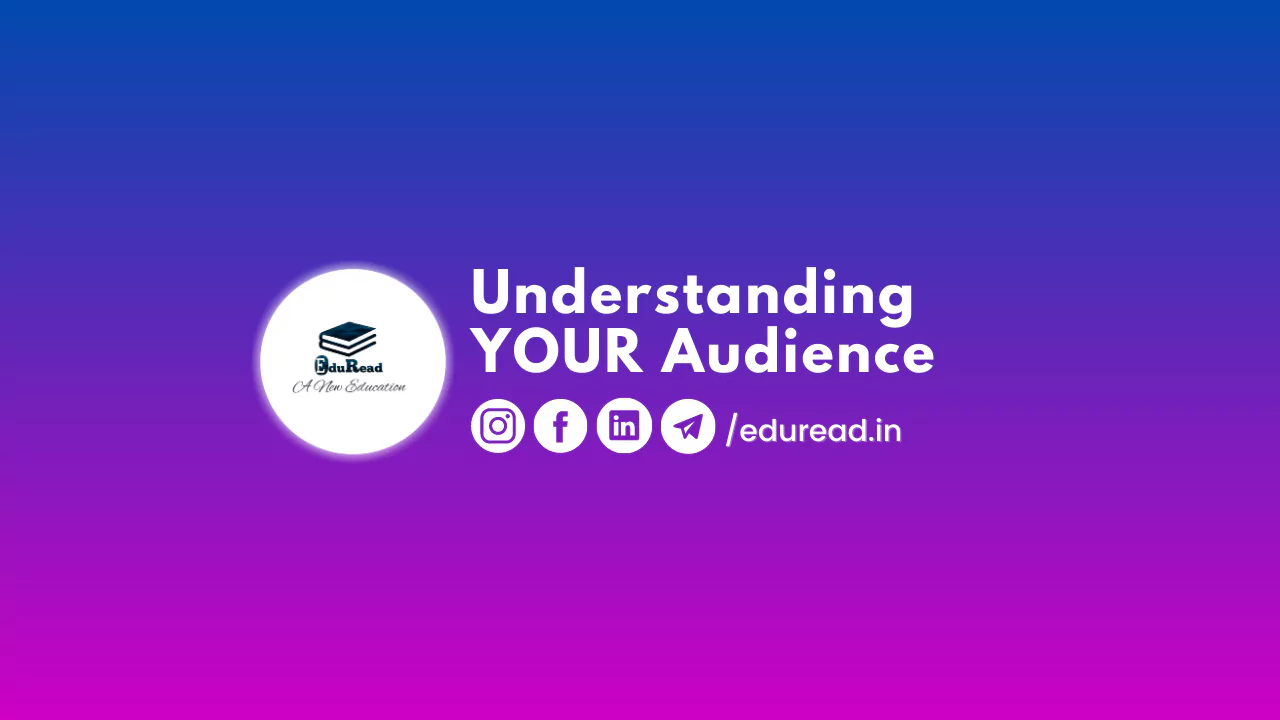A Key to Successful Communication
In any form of communication, understanding your audience is crucial for success. Whether you’re writing a blog post, delivering a speech, or creating an advertising campaign, the more you know about your target audience, the more effective you can be in getting your message across. In this blog post, we’ll explore why it’s important to understand your audience, how to do it, and what to do with that knowledge.
Why Understanding Your Audience is Important
Your audience is the target of your communication. Without them, your message is lost. Understanding your audience means knowing who they are, what they want, and how they want to receive information. By understanding your audience, you can tailor your message to meet their needs, interests, and preferences. Here are some key reasons why understanding your audience is important:
- Better Communication: When you understand your audience, you can communicate more effectively. You can use language and tone that resonates with them, and you can choose the right medium for your message.
- Improved Engagement: Understanding your audience helps you create content that engages them. When you deliver content that meets their needs, they are more likely to read, watch, or listen to what you have to say.
- Increased Sales: When you know your audience’s needs and preferences, you can create products and services that they want to buy. This leads to increased sales and revenue.
How to Understand Your Audience
To understand your audience, you need to gather information about them. Here are some ways to do that:
- Conduct Surveys: Surveys are a great way to gather information about your audience. You can ask them about their age, gender, interests, and preferences. You can also ask them about their pain points and what they’re looking for in a product or service.
- Use Analytics: If you have a website or social media presence, you can use analytics to gather information about your audience. You can see how many people are visiting your site, where they’re coming from, and what pages they’re visiting.
- Create Personas: A persona is a fictional character that represents your target audience. By creating personas, you can better understand your audience’s needs, motivations, and preferences.
- Conduct Focus Groups: Focus groups are a way to gather qualitative information about your audience. You can get feedback on your products, services, or messaging.
What to Do with Your Audience Knowledge
Once you have a good understanding of your audience, it’s time to put that knowledge to use. Here are some things you can do with your audience knowledge:
- Tailor Your Messaging: Use the language, tone, and medium that resonates with your audience. If you’re targeting millennials, for example, you may want to use social media platforms like Instagram and TikTok.
- Create Relevant Content: Create content that meets your audience’s needs and interests. If you’re targeting fitness enthusiasts, for example, you may want to create content about healthy eating and exercise.
- Develop Products and Services: Use your audience’s knowledge to develop products and services that meet their needs. If you’re targeting busy parents, for example, you may want to create a meal delivery service.
- Improve Your Customer Experience: Use your audience knowledge to improve your customer experience. If you know that your audience values fast and efficient service, for example, you can implement processes that streamline your customer service.
Conclusion
Understanding your audience is key to successful communication. By knowing who your audience is, what they want, and how they want to receive information, you can tailor your message to meet their needs. This leads to better communication, increased engagement, and improved sales. To understand your audience, you can conduct surveys, use analytics, create personas, and conduct focus groups. Once you have a good understanding of your audience, you can tailor your messaging, create relevant content, develop products and services, and improve your customer experience.
It’s important to note that understanding your audience is an ongoing process. As your audience changes and evolves, so should your understanding of them. Regularly gathering feedback and updating your personas can help you stay in tune with your audience’s needs and preferences.
In addition, it’s important to remember that your audience is made up of individuals with unique perspectives and experiences. While personas and surveys can provide valuable insights, they are not a substitute for genuine empathy and understanding. Taking the time to truly listen to your audience and engage in conversations with them can help you build stronger relationships and create more meaningful communication.
In summary, understanding your audience is a crucial component of successful communication. By gathering information about your audience, creating personas, and engaging in feedback, you can tailor your messaging, create relevant content, and develop products and services that meet their needs. Remember that understanding your audience is an ongoing process and that empathy and genuine engagement are key to building strong relationships.
Follow Us for more such content to improve your speaking skills:
Check out this blog to overcome Public Speaking Fear: https://eduread.in/how-to-overcoming-feeling-shy-in-english-speak-new-york-2/
And visit us for more
